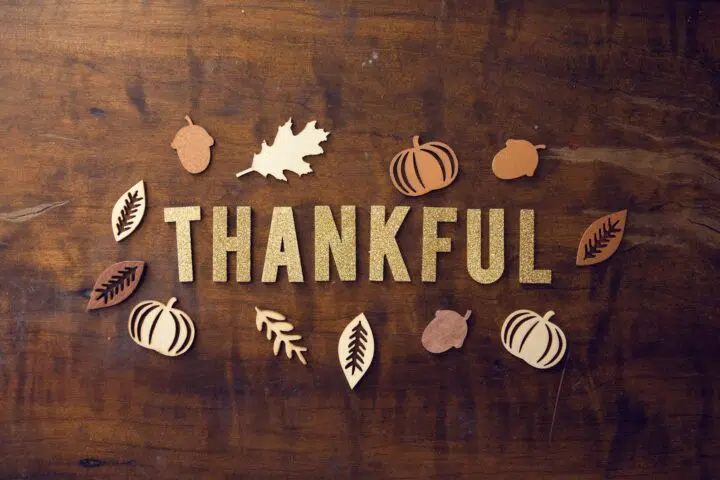The other day, I was watching a YouTube video of Lynda Barry, painter, writer, cartoonist, playwright, editor and more. She told a story about watching a mother in a restaurant who was busy on her cell phone, while her four-year-old son tried to get her attention. When he couldn’t, he started playing with his food, making up an elaborate story with his bacon. It was precious. Finally, the mother put down her phone and demanded, “What are you doing?” Poof, the magic was gone. The boy had been chastised for the unforgiveable sin of using his imagination.
This story stayed with me for days. Why do we do that? Why do we make kids feel bad for being “silly?” Why do we laugh at them when they try to sing a song or act out a scene? Why do we tell them they’re not good enough to move forward with their art? Why do we tell kids they are “too old” to play?
And why do we, as adult artists, do that to ourselves? At least once a week, I ask myself, “What are you doing?” as if this work is somehow not worthy. I have to give myself permission to write, as if writing were something decadent or illicit or immature or “silly.” I have to tell myself it’s okay if I write a bad sentence. That doesn’t make me a bad writer. I have to turn off what Lynda Barry calls, the “front of the brain” in order to hear the magical imaginings going on in the “back of the brain.”
Making art looks easy. It looks like child’s play when we stand up there and sing, or get messy with paint, or jump up and down on a bed while playing a role, but it’s actually hard work.
Who the hell decided that the creative inner workings of our minds, our imaginations, were somehow less valuable than the parts of our brains that calculate distance or add numbers or keep track of whether we took our vitamins this morning?
Our imaginations and the stories they tell teach us how to live, how to stay safe, how to get along with others, how to conquer our fears, and how to build new inventions to advance the human race. When a little boy is pretending to be a monster about to eat a helpless piece of bacon, he’s exploring relationships, and cause and effect, and the distinction between compassion and cruelty. Artists do the same thing. They explore what could be, what should be, or what once was.
This is not play, but even if it looks that way, what’s wrong with that?
If you like this post, please share


